We've found 1000 matches for your search. Order by
Results
-
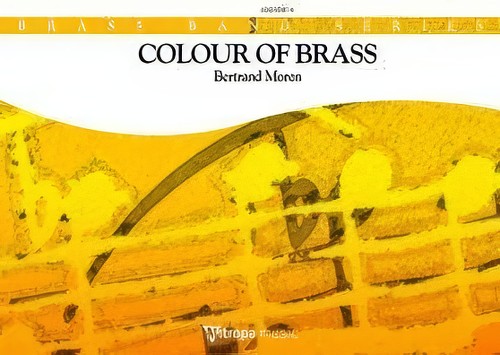 £59.99
£59.99Colour of Brass (Brass Band - Score and Parts) - Moren, Bertrand
Duration: 3.30
Estimated dispatch 7-14 working days
-
£25.00
KINGS OF BRASS (March) - D.Broadbent
Estimated dispatch 7-14 working days
-
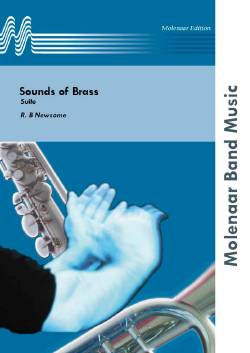 £69.00
£69.00 -
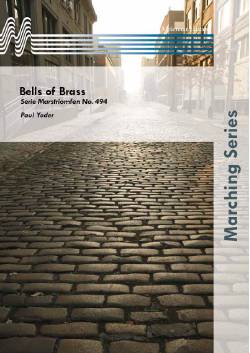 £28.00
£28.00 -
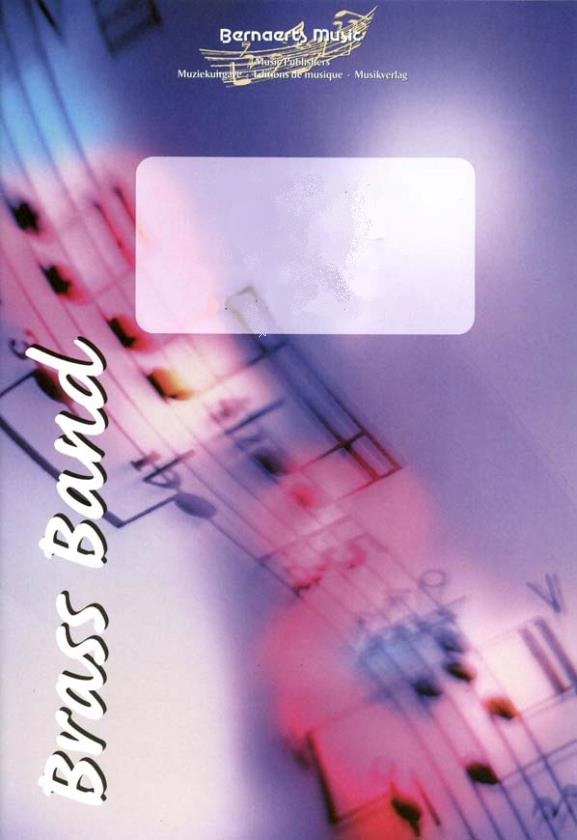 £62.99
£62.99Kings Of Brass
Estimated dispatch 7-14 working days
-
£106.80
Lord Of Brass - François Rousselot
Estimated dispatch 5-14 working days
-
 £69.00
£69.00Kings Of Brass - Darrol Barry
Estimated dispatch 5-14 working days
-
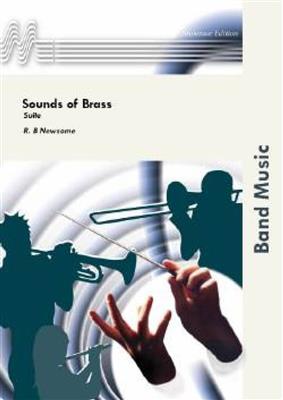 £68.90
£68.90Sounds of Brass - R.B. Newsome
Estimated dispatch 5-14 working days
-
 £27.20
£27.20 -
 £60.99
£60.99
